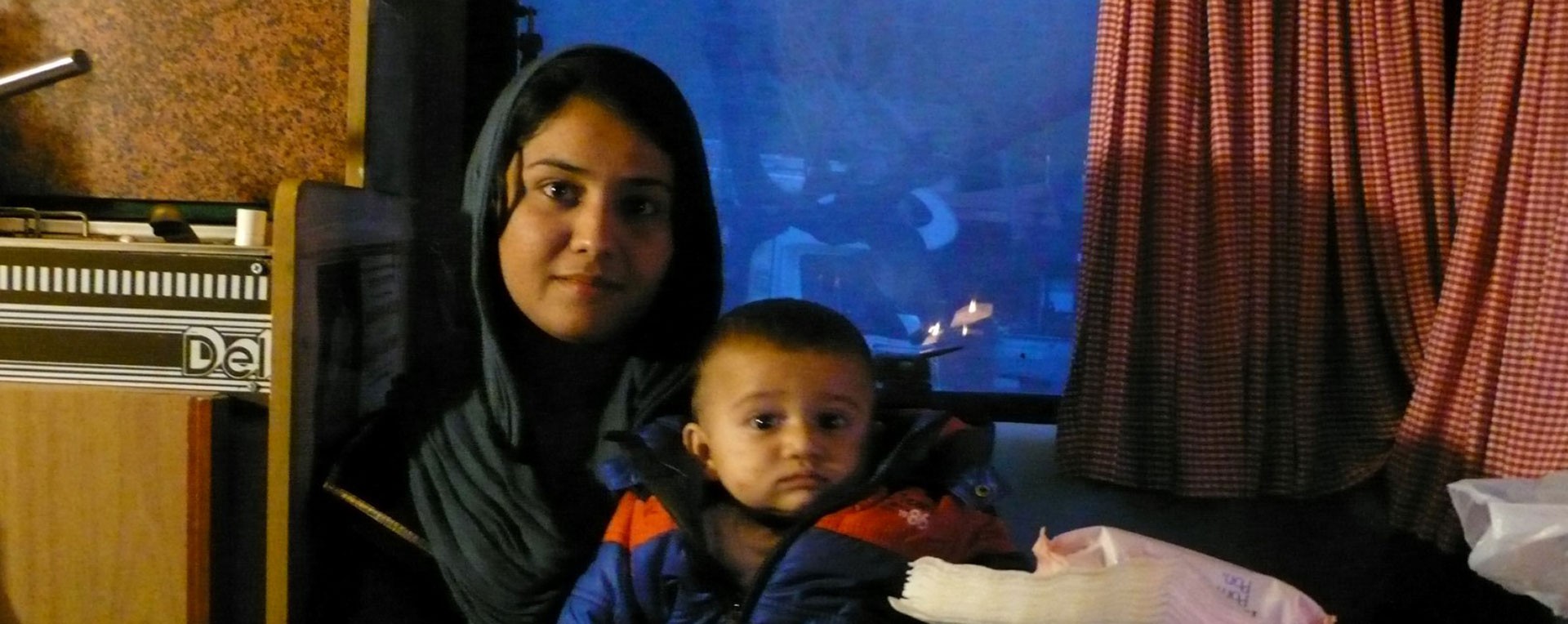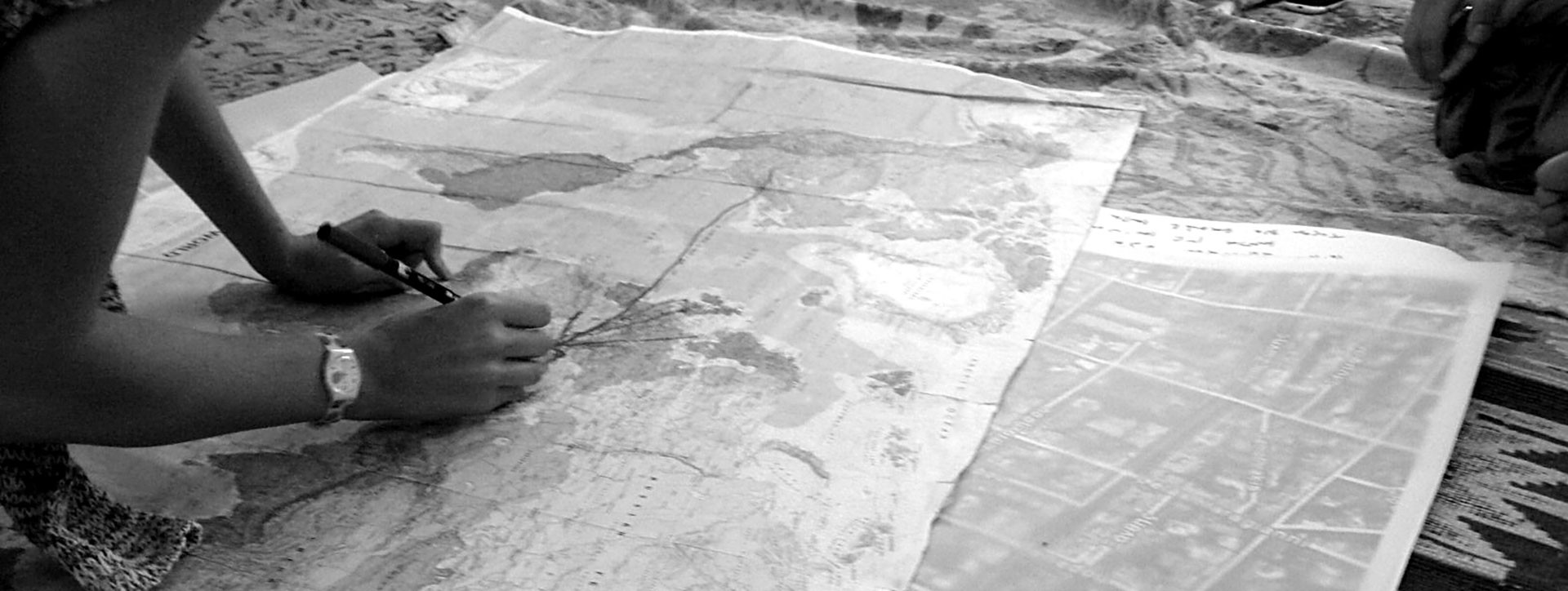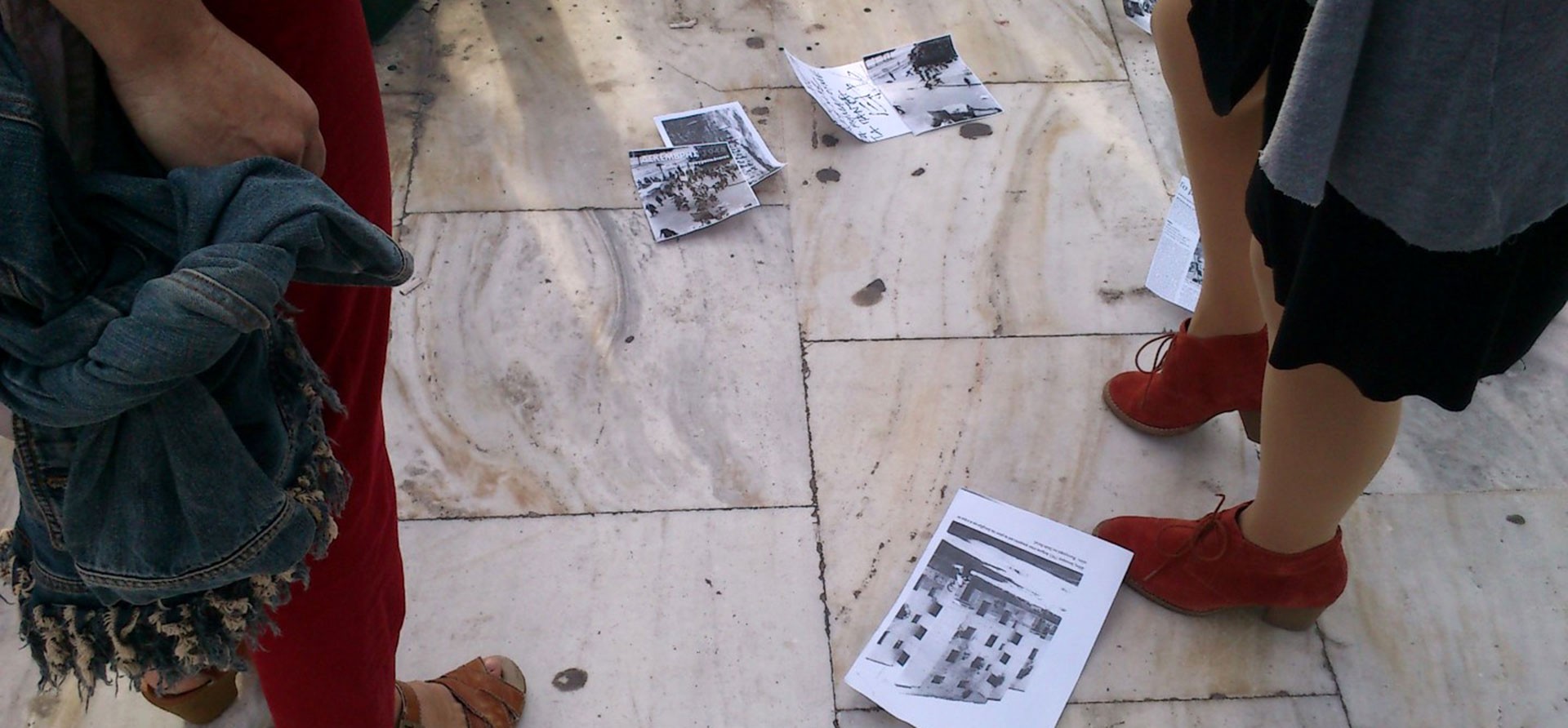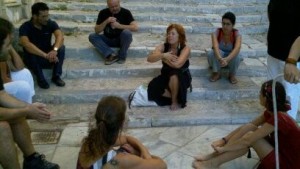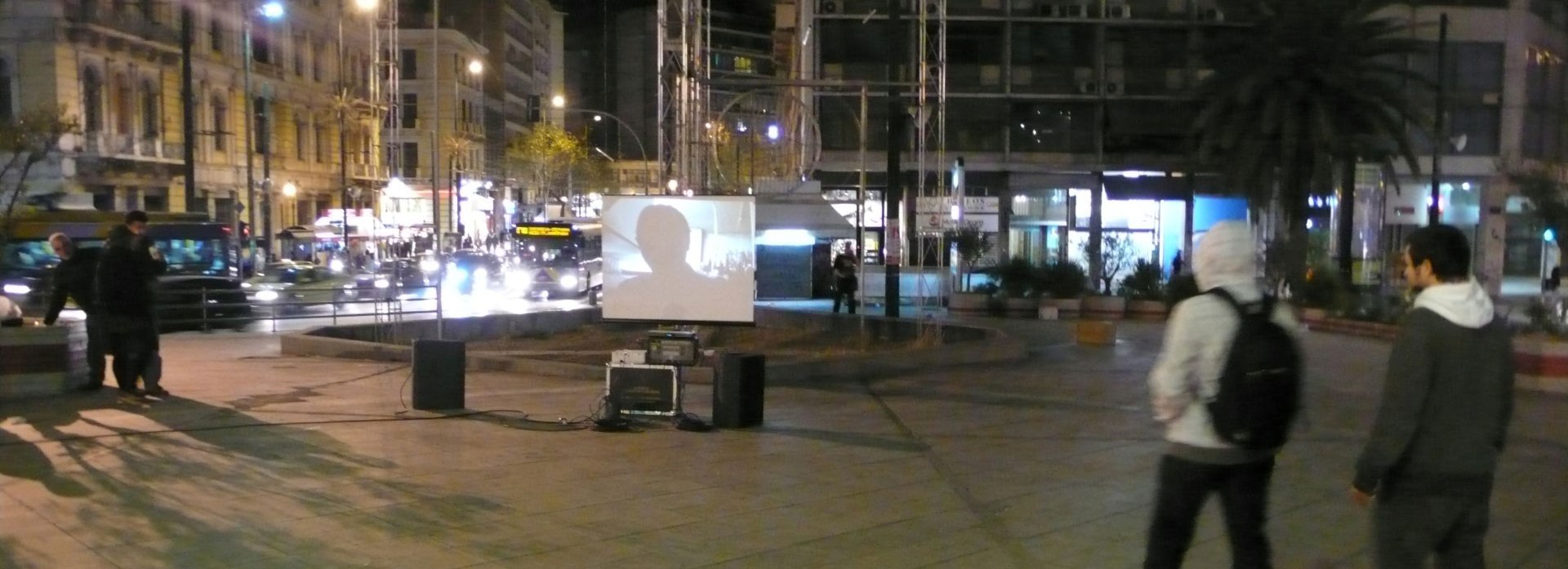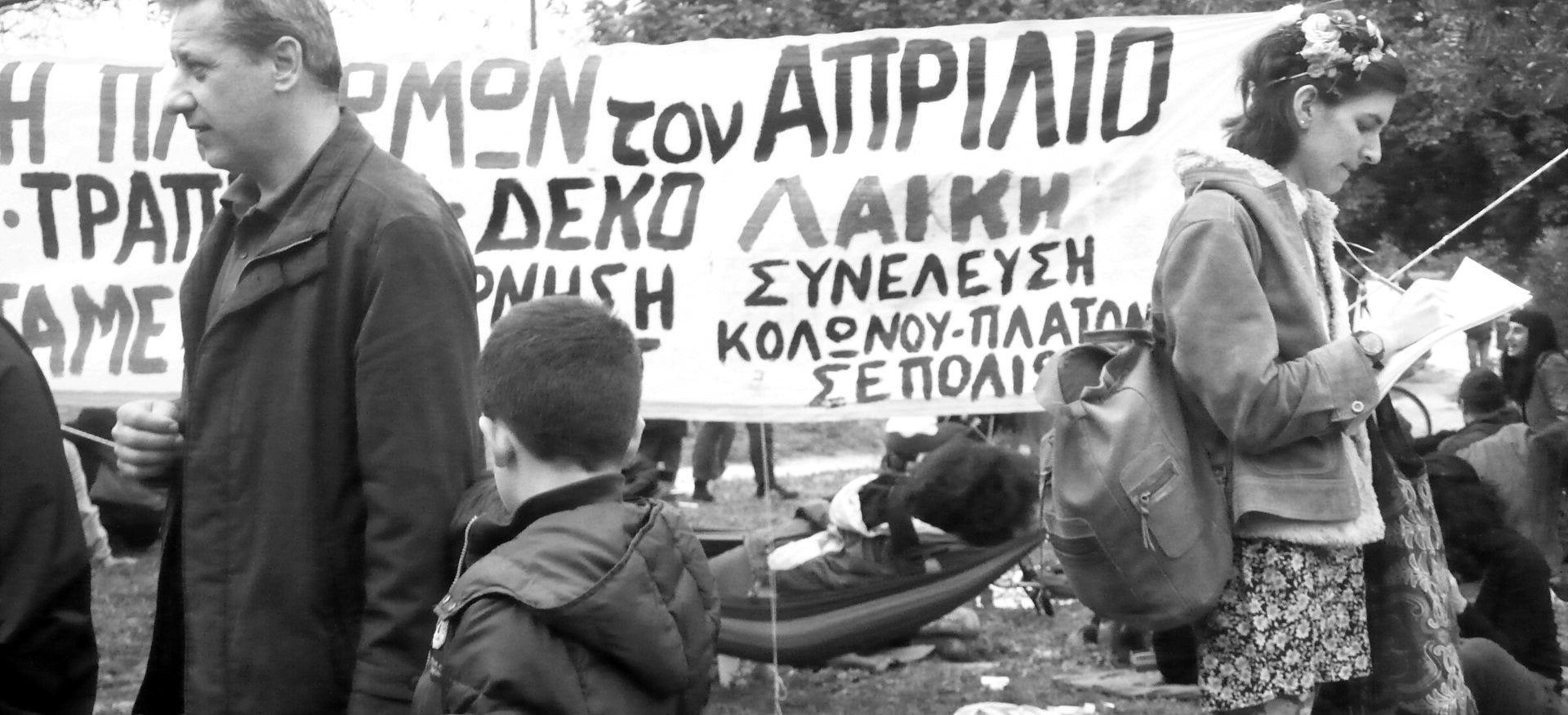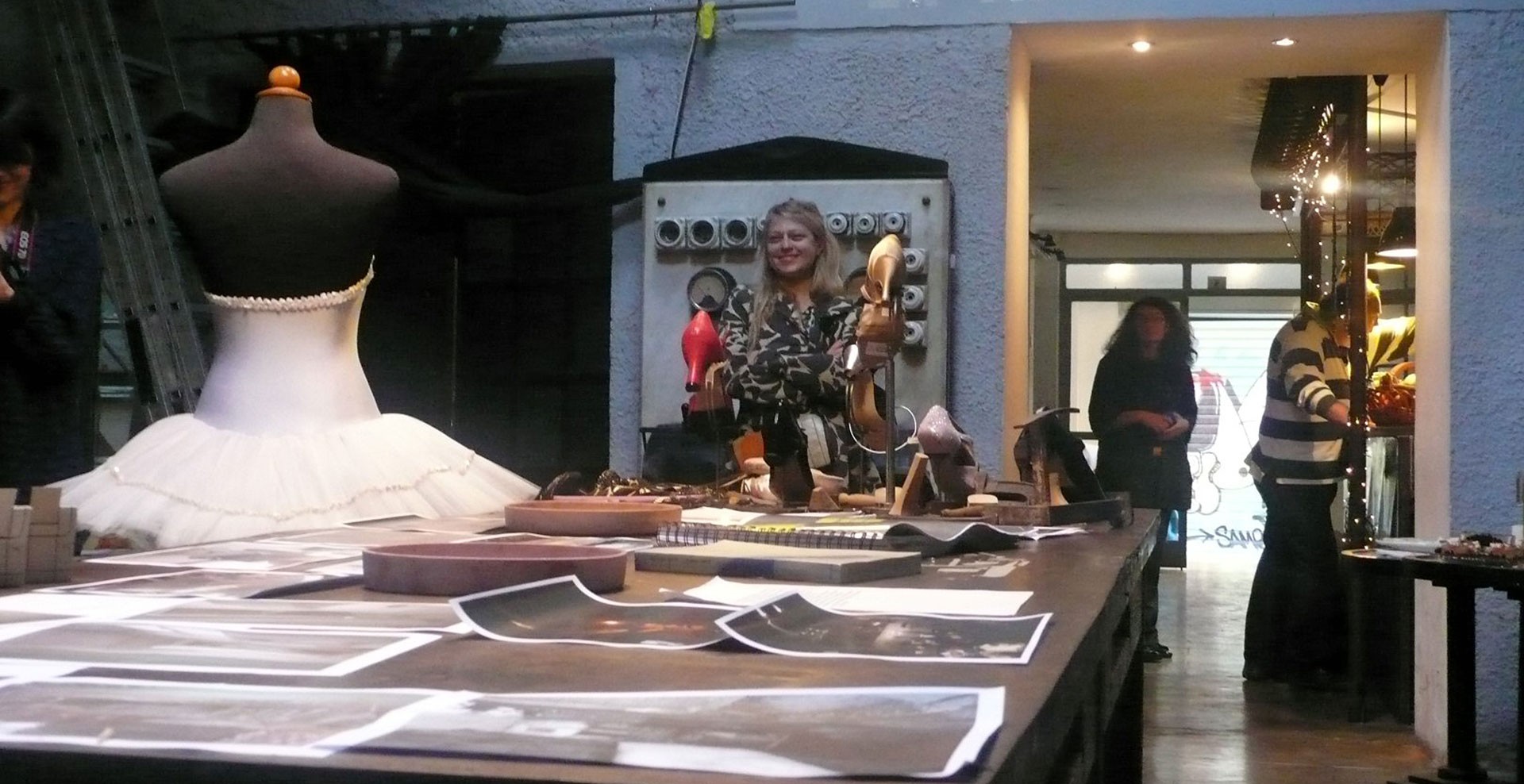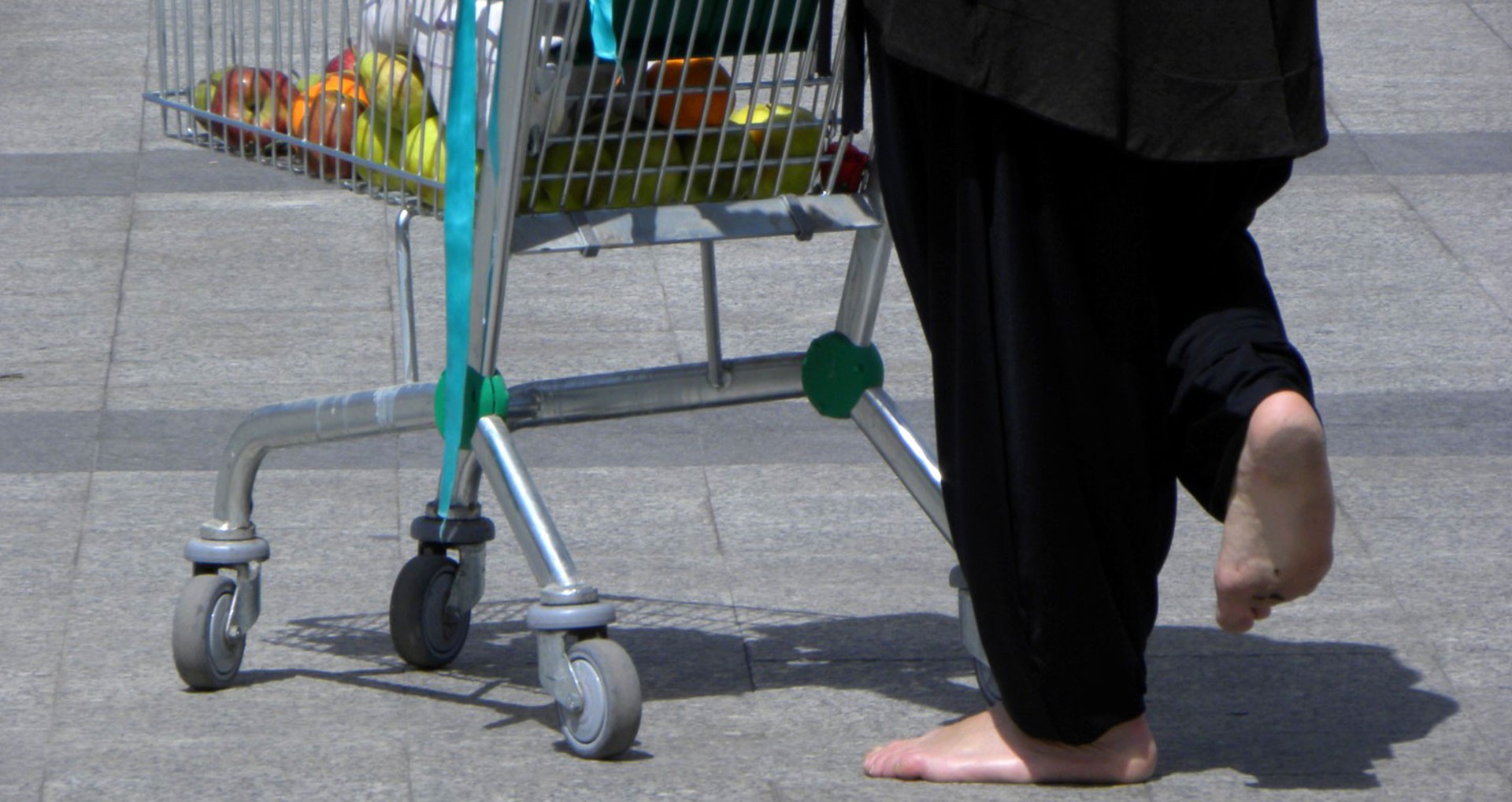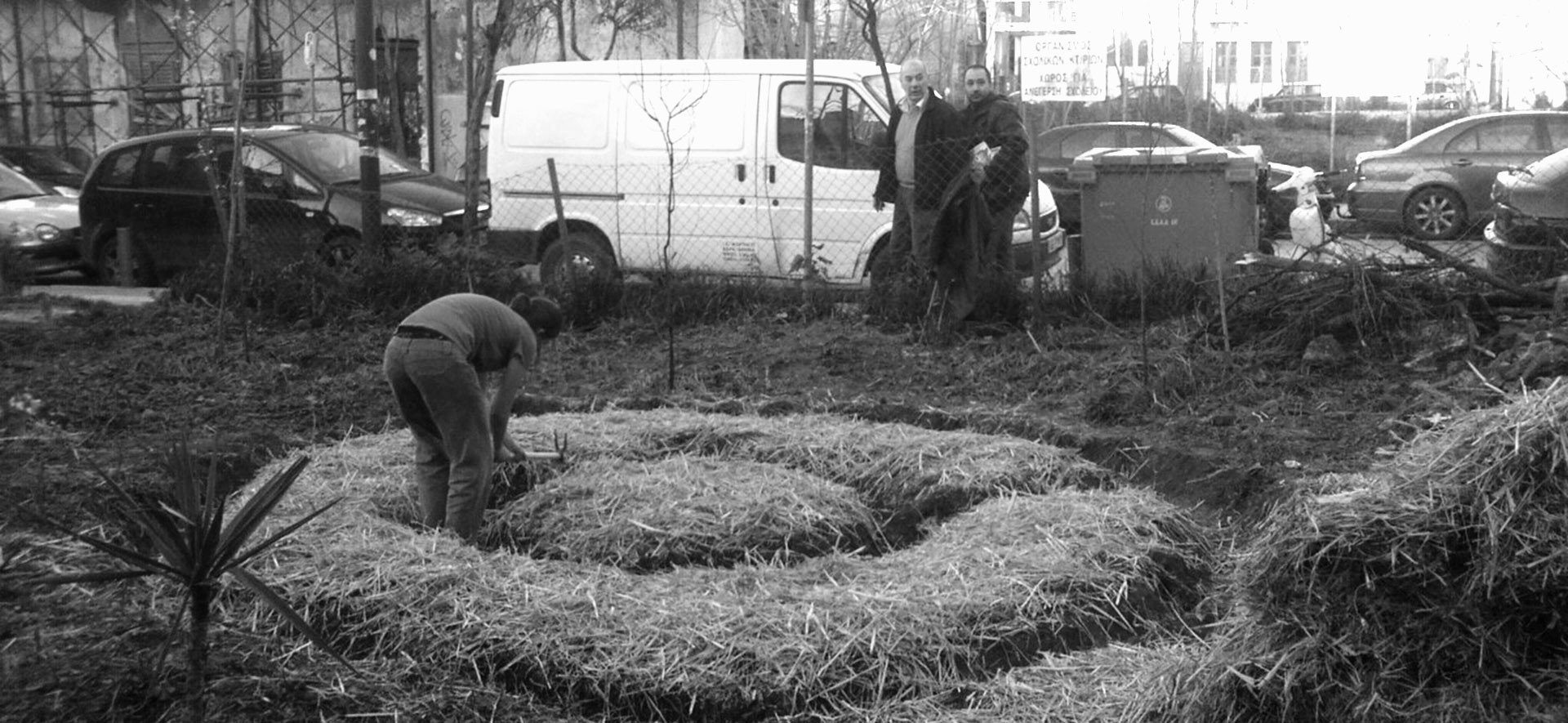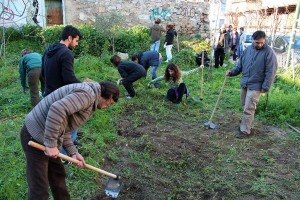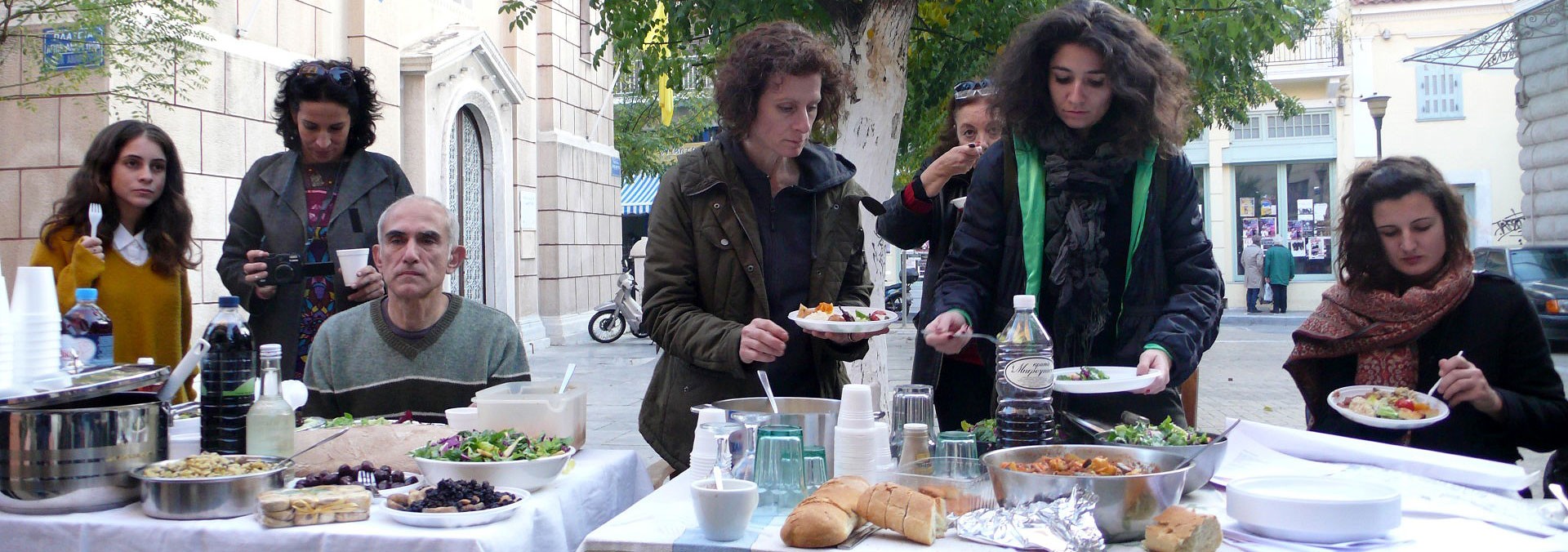The meeting “The good will come from the sea” took place on November 14, 2014, on the Tsamakia beach, in Mytilene, by the Caravan Project, in collaboration with “Nomadic Architecture”
Mytilene, November. On the island, the feeling of being between East and West prevails. On the streets of the town, in the architecture and music, senses and rhythms dominate everywhere. The place is the combination of two cultures, often reminding the charm of the East.
Here is the starting point of Europe and its maritime borders. When an immigrant gets here, he is now in Europe. Frontex has established an authorized team. Although the border of the sea is not a fence, such as the one in Evros, it is dangerous and often impenetrable, while the conditions under which the journey is conducted, surrender the travelers to the vastness of the sea.
The action-meeting “The good will come from the sea” invited immigrants and locals to get together for a few hours, like a wish: through this we expressed the desire to reverse the current situation in the Aegean Sea and in other Mediterranean seas, in islands such as Mytilene and Lampedusa. The Aegean is stained with blood, as it is one of the major entrances to the Europe-fortress. In this state of exception, the bodies in the Aegean Sea lose their importance, human lives do not count, they are “naked lives”.
Continue reading

